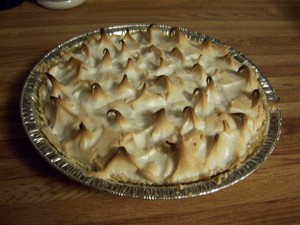Baudelaire’s Correspondences – a Brief Explication
In Charles Baudelaire’s ‘Correspondences’, with direct reference in the title to the Swedenborgian concept, he reveals the connection between Nature and the Metaphysical world. Synathesia is said to “put the reader in contact with a forceful sensory presence, a primitive wholeness or synthesis of impression” (Hassan, 439). Through synathesia – in which sounds, colors, and ...


